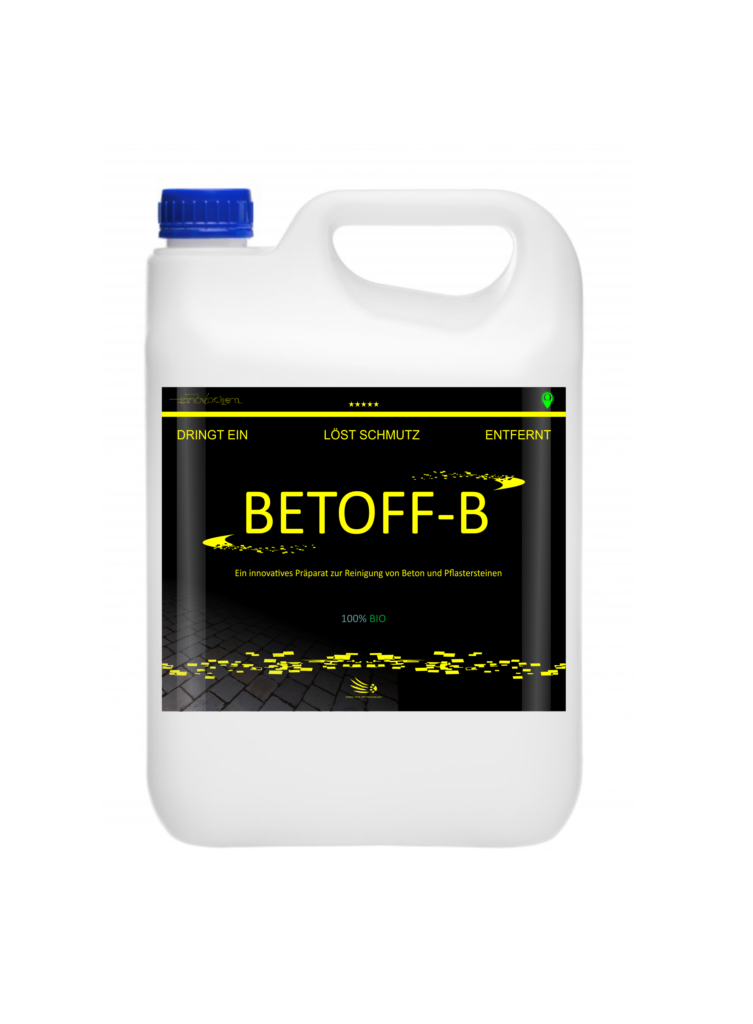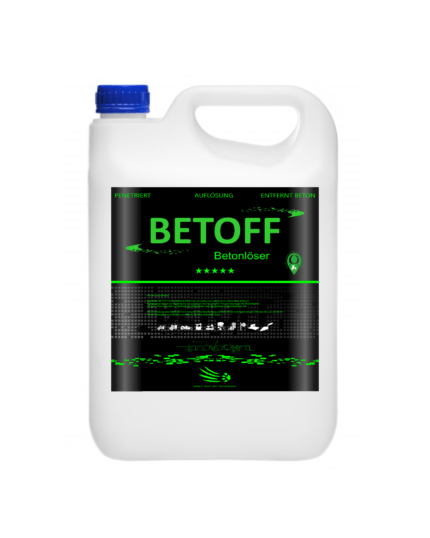Laying paving stones and natural stone. Paving made easier: This article will assist you in laying paving stones to provide a stable base for your driveway or walkway.
Additionally, natural stones work just as well as concrete paving stones for use as a sidewalk. Both natural stone and paving stones work well on garden walks and driveways. The project below illustrates the variations between paving stones made of concrete and natural stone.
Laying paving stones and natural stone. What is required to pave?
Laying the surface as an unbound structure is the simplest method. Paving stones are carelessly placed over a pliable layer of crushed stone and gravel that is both water- and frost-permeable. Using mortar to connect the stones is an additional technique for laying pavers. This approach is undoubtedly more stable, but it is also far more complicated than using loose paving stones. This method of putting paving stones is unrivaled, especially in places with heavy traffic. Private properties are typically the sites of loose paving. Loose paving has a good foundation throughout. It has a layer of fine grit, sand, or coarse gravel in it.
Laying paving stones and natural stone. What equipment and supplies are required for laying paving stones?
The following equipment is required to lay paving stones:
- Hammer made of rubber
- Level
- Rule of folding
- Rentable vibrating plate
- Trowel
- Masonry thread
- Iron rods or wooden pegs
- Rake
- Shovel
Hire: compactor for plates, concrete mixer, and mini-excavator if needed
- Method of loose paving
- With a wall string, you can easily determine the slope.
- Among the building supplies you’ll need:
- Paving stones
- concrete that is dry
- Gravel (0/63 for the lower sub-base, 0/32 or 0/45 for the anti-frost layer / top sub-base)
- Wood chips (a ground-up blend of sand and wood chips with a 1/3 or 2/5)
- Sand
Laying paving stones and natural stone. What material can be laid down?
There are many different types, sizes, and thicknesses of paver stones. Every material is resistant to different weather conditions, vehicle weight, and is simple to clean. The dimensions and forms of paver stones range from 10, 15, 20, and 30 cm by 10, 20, 30, and 40 cm, with a thickness of 8 or 10 cm. Natural stone comes in 8×8 cm or 16×16 cm measurements. Patio slabs forty centimeters or longer can be used for laying.
Laying paving stones and natural stone. Important note: after installation, avoid applying excessive pressure to the paving slabs as this could crack them.
Products like clinker, natural stone, and pavers can be used to create a functional surface on the street, in the garden, or in front of the house. In addition, there are lawn paving stones that you can arrange in the garden to suit your preferences. Although lawn paving stone surfaces are simple to maintain, not everyone can handle them correctly. A high degree of sealing is guaranteed by these lawn paving stones.
Paving stones come in two varieties: bevelled, or having a rounded or sharp edge. This is particularly evident on concrete blocks. Sharp edges ensure a uniform appearance, but they also have an impact on the pavement’s elegance. Natural stones can chip easily along their sharp edge.
Laying paving stones and natural stone. Paving stones composed of blocks of concrete
In comparison to genuine stone, you will have more options when it comes to shapes and colors if you plan to lay paving stones using concrete blocks. The benefit of concrete paving stones is their versatility in terms of color and appearance, which can be achieved by utilizing different aggregates. Natural stone aggregates and additional ingredients that support surface maintenance can be found in concrete. With the use of particular aggregates, concrete can be colored in a variety of ways and given a variety of surfaces, from dirt-resistant surfaces to natural stone.
Paving stones made of clinker
Clinker was widely utilized in the past to construct roads and pavements. High frost resistance was ensured by the high firing temperature. Because clinker is never homogeneous, the surface might take on a rustic appearance.
Laying paving stones and natural stone. Organic stones
Although natural stone is more costly than paving stones, it has a more sophisticated look and a color that is unquestionably more durable. Processing natural stone requires a lot of time-consuming labor from stonemasons. Granite, porphyry, and basalt are nearly unbreakable stones. Sandstone is another common stone, however it is less resistant to wear. Because slabs and raw stones are readily available, the surface has an exquisite appearance. The starting price range is 160–1000.
Although natural stone is more expensive than concrete cubes, a natural stone pavement has a stunning appearance.
Area planned.
First things first: Sketch anything out before you begin putting natural stone, pavement slabs, or paving stones. This will assist you in determining how much stones, tiles, etc. are needed. Here, it’s crucial to have a row of stones so you don’t have to chop any of them. It will also assist you in figuring out how far apart stones must be placed. Cutting stones is a highly grating operation, so it is best to avoid it.
When estimating the width of the surface and the number of stones, keep in mind that the width of the joint, which is 3 to 5 mm, between stones. Paving stones with tiny ribs on the side are available. They ascertain the joint’s breadth. When tension is applied, the joint’s sturdy construction keeps the stones from rubbing against one another and pealing. A diamond-cutting disc-equipped angle grinder can be used to cut the stones. NOTE: There will be a lot of dust when cutting stones, so don’t forget to use safety glasses.
The sidewalk’s breadth affects how it will work in the future.
A sidewalk should be roughly 120 centimeters wide in front of the house. It will be comfortable for two people to move about on if you add thirty centimeters. This is particularly crucial when you are passing someone who is carrying shopping bags, for example.
If you plan to install cables or hoses for the lawn irrigation system beneath the sidewalk, install them in a substructure using KG pipes. KG pipes can bear any vibrations that come from a plate compactor with perfect ease.
How to clean concrete surfaces?
For cleaning concrete surfaces, we recommend using BETOFF-B liquid. It is a 100% biodegradable preparation that removes various types of dirt. It dissolves oil stains and other types of stubborn dirt quite easily.

How to remove dried concrete or cement?
To dissolve concrete or cement stains, we recommend using BETOFF liquid. This most popular product in Europe dissolves concrete very quickly, penetrating it and turning it into easy-to-wash mud.

